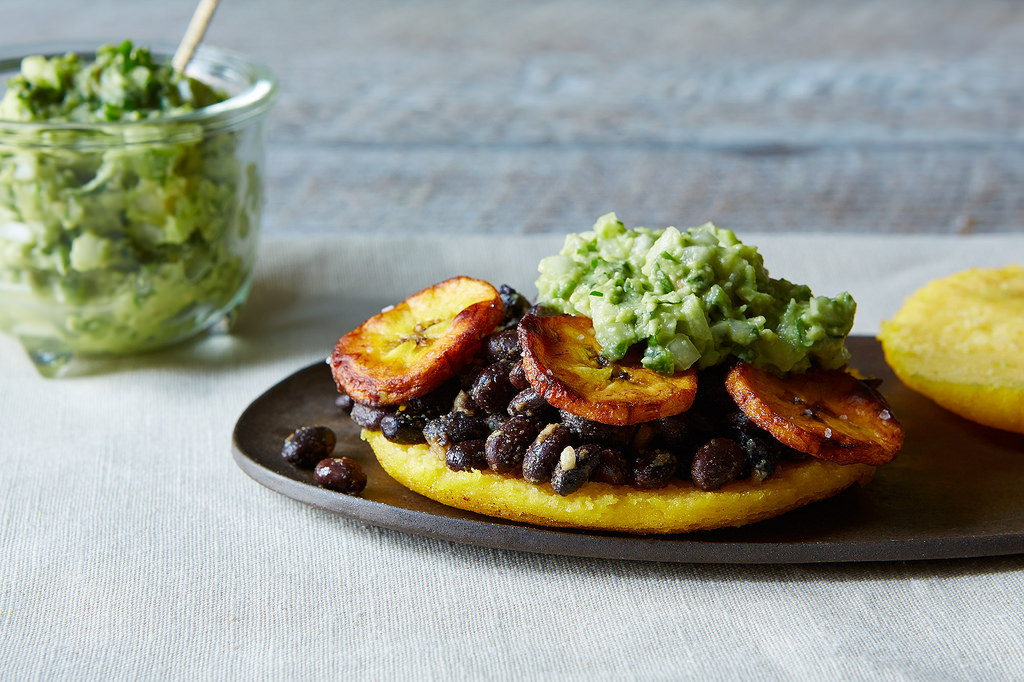Contain the costs of the menu. It is estimated that the catering sector makes 6,000,000,000 euros in turnover, yet for every dollar earned, more than half is spent on labor, supplies and repairs. So, it’s no surprise that restaurants are not known for their profit margins and breadth. Keeping an eye on menu costs can translate into significant savings over time for any restaurant.
By carefully monitoring the costs of food, portion sizes and kitchen waste you can save money.
Contain the costs of the menu
By evaluating all these elements it is possible to create a menu that is well organized, correct and inclusive. In short, for the success of a restaurant business it is necessary to evaluate a number of issues so that everything is well prepared. Being able to deliver the success of this type of process is not very simple. There is a need for a thorough basic analysis of many issues. First of all you have to evaluate what type of product you want to provide to your customers. Starting from this speech you can choose the best price for each dish. Furthermore, making a proper analysis of the competition in that specific sector could be just as functional.

Contain the costs of the menu
The cost of food refers to how much a restaurant pays for it, before any additional costs of preparing and serving are added to the final price. For example, a single egg can cost five cents, but this does not mean that a restaurant can sell an egg for five cents. OR
double its cost and sell it for 10 cents. In order to make a profit the cost of that egg needs above not only its cost of food, but also the costs of preparation. All of these costs must be covered through every sales restaurant, which is why cost of food is so important. Some items, like eggs and potatoes, have great food costs; they cost very little for purchase and can be sold for a much higher price. Others, like meat or fresh fish, are much more expensive.

Contain the costs of the menu
The general rule is that the food cost should not exceed 30% of the menu price
Keep portion sizes under control
Another area that restaurants can save money is through portion control. Making sure that every meal served has a consistent size. Using uniform plates with dimensions for each menu item can also help the parts stay consistent. If you are opening a new restaurant, creating a cooking manual with details on menu portions will help the staff.
Or you can decide to double its cost and sell it for 10 cents. In order to make a profit the cost of that egg needs above not only its food cost, but also preparation costs. All these costs must be covered through every restaurant sales, which is why food cost is so important. Some items, like eggs and potatoes have great food cost; they cost very little to purchase and can be sold for a much higher price. Others, such as meat or fresh fish are much more expensive.

Based on the basic products that are used for the preparation of the dishes of the restaurant in question you can perform a complete analysis of what are all the rules for organizing a perfect and functional menu.
Minimize Kitchen waste
Each ingredient in a restaurant kitchen should be used in at least two or three menu items. For example if you offer a California burger with fresh avocado, you should incorporate avocado into other dishes on the menu. Otherwise, you risk a case of avocado.
Read also: Food cost calculation: what is it and what is it for?


